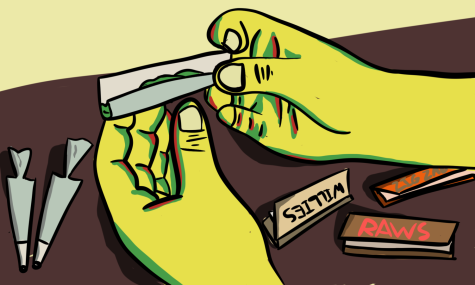
Overfishing is a tremendous threat to the survival of fish and other marine populations. Fish and marine populations all over the world are plummeting, and at a much faster rate than most realize. To no longer consume fish is a necessary step in order to save important marine life from being fully exploited.
According to a Food and Agriculture Organization estimate, over 70 percent of the world’s fish species are either fully exploited, over-exploited or depleted. A 2006 United Nations article states that “in the last decade, in the north Atlantic region, commercial fish populations of Cod, Hake, Haddock and Flounder have fallen by as much as 95 percent.”
Ad
The decline in fish population numbers is largely due to overfishing in order to satiate an ever-growing, worldwide hunger for seafood. In an FAO report from 2012, research stated that the “global total production of fish, crustaceans, mollusks and other aquatic animals has continued to increase and reached 158 million tons in 2012.” It is estimated that by 2048, all fisheries will have collapsed if the rate of overfishing continues.
In addition to the destruction of marine and freshwater populations through overfishing, a plethora of other problems plague them. These complications include climate change, new technologies and also just how large the human population has become.
The severe drought that’s taking place on the west coast is impacting sockeye salmon populations in Washington, both in hatcheries and in the wild. Temperatures in Washington’s rivers have recently been reported to reach harmful and lethal levels for salmon and trout.
To complicate fish survival even further, there are dams that interfere with spawning by blocking their access to the river and changing river water flows. Then, there is ocean acidification, which weakens the calcium carbonate shells of clams and oysters. There are semi-frequent spills into different bodies of water, like the recent spill in one of Durango’s rivers and the California spill earlier this year. Let’s not forget about the garbage patch in our oceans that’s being consumed by marine life with harmful implications.
Many species are nearing the end of their line. In the past decade, the National Marine Fisheries Service has listed more than 70 marine species as endangered while in the years prior to 2005 — a time span of over 40 years — just over 50 marine species were listed.
In the United States, not eating seafood is an option, as there are plenty of animal and plant alternatives. Fish is tasty, and it’s a nutritional meat to consume, but the rate of consumption is not sustainable. The current demand for fish is crippling to both fish species and other marine life.
Lowering our consumption of seafood will lessen our impact on fish and marine populations and lower the need for commercial fishing practices that lead to overfishing. When a specific species is overfished, it affects entire food webs. Not only that, but commercial fishing practices entail a good amount of bycatch, which is unintended capturing of fish or other marine life.
Commercial fishing is unsustainable and the only immediate and necessary option to lower overfishing is to eat less seafood. So before going out to one of Fort Collins’s local sushi joints, think about how in 40 years, if we continue to eat as much seafood as we do, eating sushi or seafood may not even be an option any more.
Collegian Columnist Troy Wilkinson can be reached at letters@collegian.com.
Ad









Torque Wala • Aug 27, 2015 at 9:30 am
You don’t have to eliminate or even reduce your seafood intake as long as you make sure that what you eat is from a healthy stock and fished using a sustainable method. The best source to check your choice is http://www.montereybayaquarium.org/conservation-and-science/our-programs/seafood-watch They also have a great app, though fish can be called by different names, and often the fish counter person has no idea where the fish came from or how it was caught. In Fort Collins, if you want to be sure you are buying fish that meets these requirements, buy fish at Fish Market, on Oak, http://fishmkt.com/